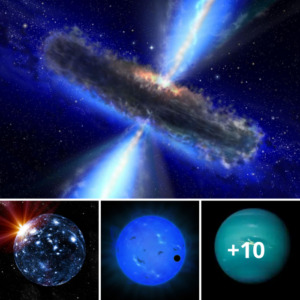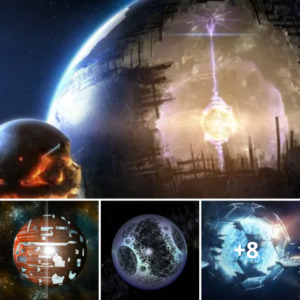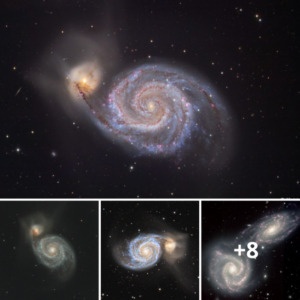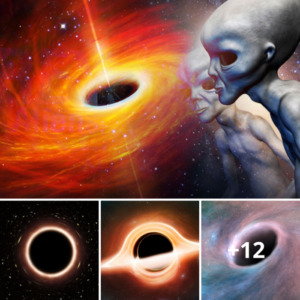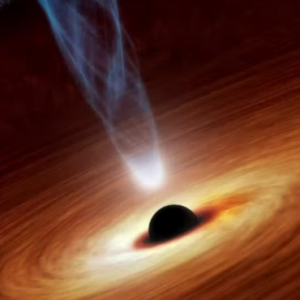The universe is full of mysteries, and one of the most fascinating is the enigma of the orphan planet – a lone world wandering through space without a parent star to orbit. How do these planets form? What happens to them over time? And could they hold the key to unlocking the secrets of the universe?

Orphan planets, also known as rogue planets or free-floating planets, are planets that have been ejected from their parent star systems and are now drifting through space. They are believed to form in much the same way as other planets, through the process of accretion – the gradual buildup of matter as it clumps together under the force of gravity. However, in the case of orphan planets, something goes wrong during this process, causing the planet to be ejected from its system.
One possibility is that the planet is simply too large for its orbit, exerting a gravitational pull that destabilizes the system and causes the planet to be flung out into space. Another possibility is that the planet is involved in a gravitational tug-of-war with other planets in the system, which eventually results in its ejection.

Whatever the cause, once an orphan planet is ejected from its system, it begins a long journey through space. Without the heat and light of a parent star to sustain it, the planet can become extremely cold and dark. However, some orphan planets may still be warm enough to support life, either through geothermal activity or residual heat from their formation.
The study of orphan planets is still in its infancy, and much remains to be discovered about these enigmatic worlds. One of the biggest challenges in studying orphan planets is simply finding them. Unlike planets that orbit stars, which can be detected through their gravitational influence on their parent star, orphan planets are extremely difficult to detect directly.
However, there are a few ways that astronomers can detect orphan planets. One method is through gravitational microlensing, the same technique used to discover the over 70 Jupiter-sized orphan planets recently announced by astronomers. This technique relies on the gravitational pull of the planet bending the light of a background star, causing a brief brightening effect that can be detected by telescopes.
Another method is through direct imaging, using telescopes to capture images of the planet itself. This is a challenging method, as the planet is typically much fainter than its parent star and can be difficult to distinguish from background noise.

Despite these challenges, astronomers are continuing to study orphan planets in order to unravel their mysteries. One of the key questions they hope to answer is whether these planets can support life. While it may seem unlikely, some scientists believe that orphan planets could be habitable environments, with conditions that are similar to those on Earth’s moon or Mars.
Another intriguing possibility is that orphan planets could be the source of interstellar life – life that exists in the space between stars. Some researchers have proposed that microbial life could survive on the surface of these planets, hitching a ride on the planet’s journey through space and eventually colonizing new star systems.
In conclusion, the enigma of the orphan planet is a fascinating area of research that is just beginning to be explored. These lone worlds offer a unique opportunity to study planet formation and evolution, and may hold the key to understanding the conditions necessary for life to exist in the universe. As technology advances and new telescopes are developed, it’s likely that we’ll discover many more of these mysterious planets and learn even more about their secrets.

